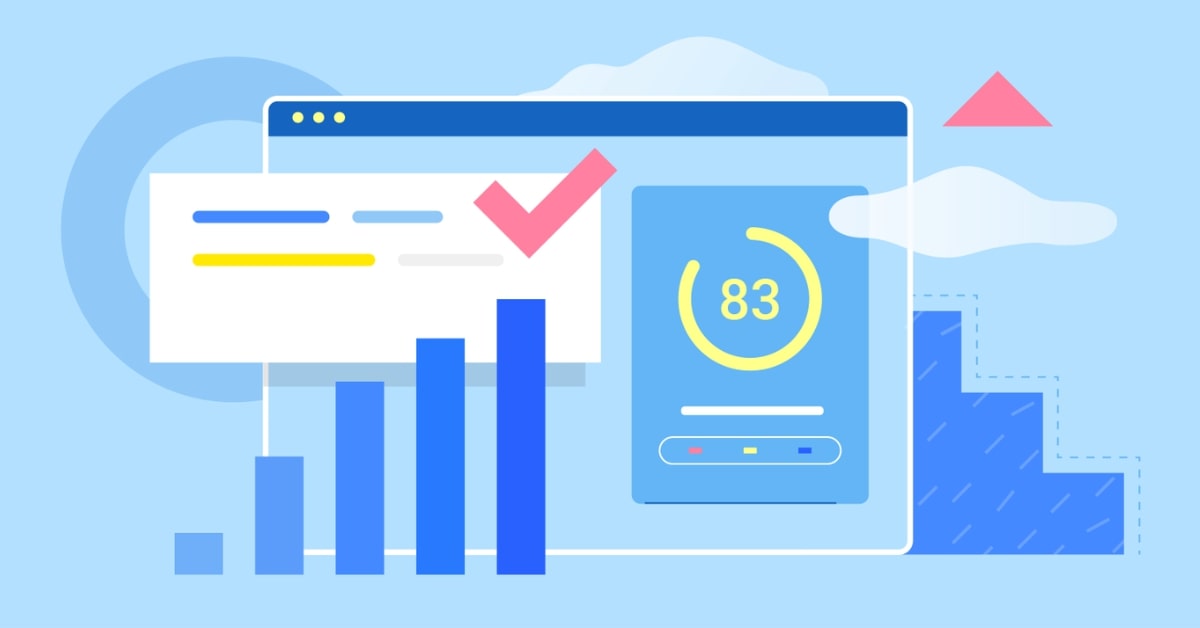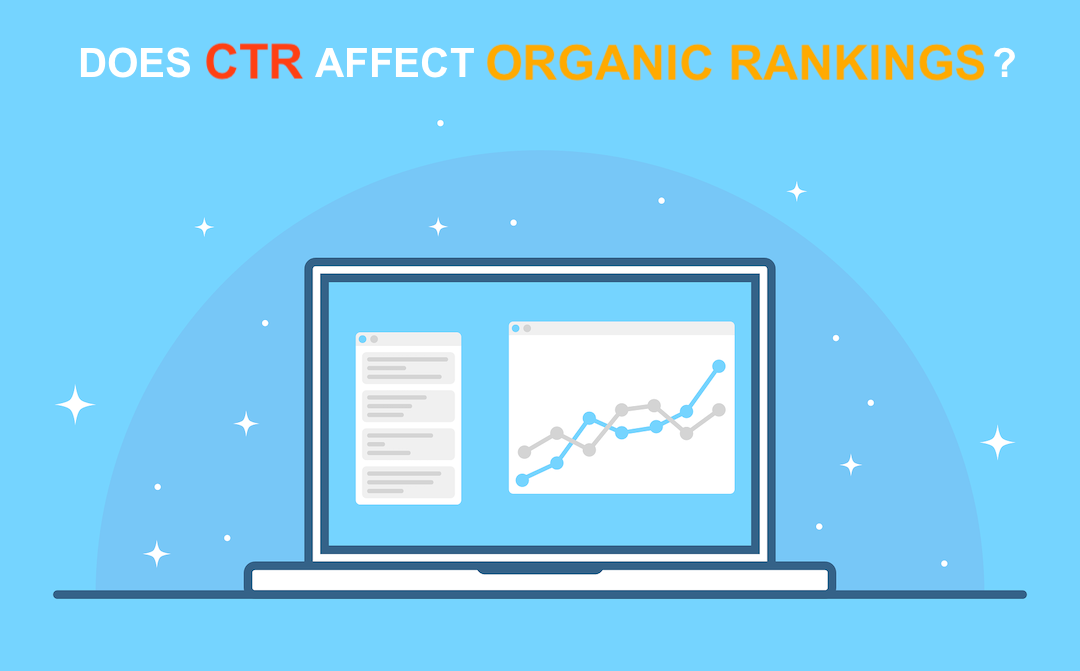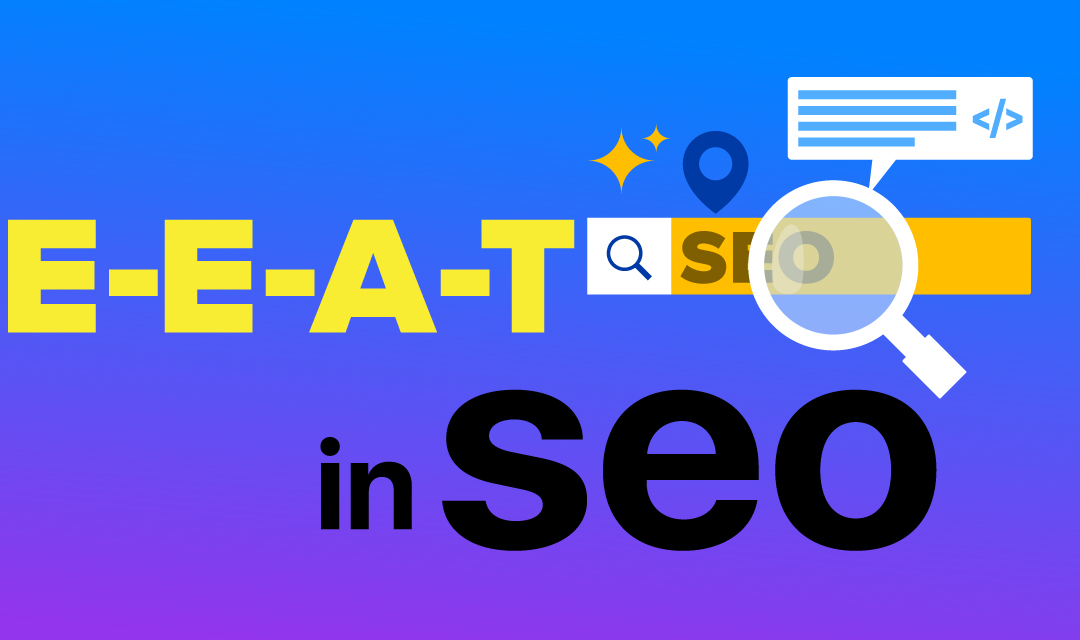
In the dynamic nature of SEO, staying ahead of the game is crucial for online success. However, there's a subtle threat that often goes unnoticed but can significantly impact your search engine ranking – keyword cannibalization. This phenomenon occurs when multiple pages on a website target the same keywords, leading to confusion for search engines and hurting SEO efforts.









